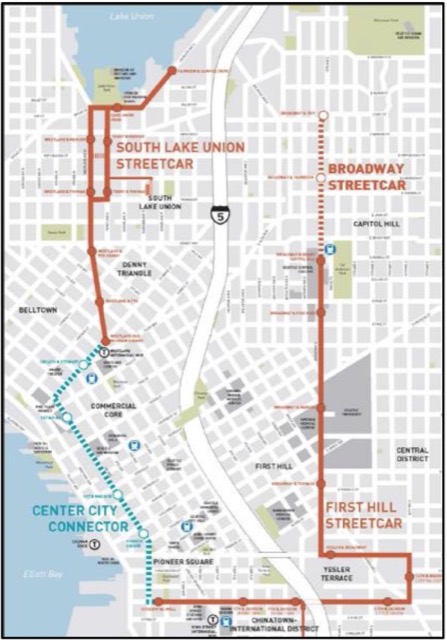If Waymo and other manufacturers can get the bugs out, driverless cars promise many benefits including reduced congestion and pollution and increased speeds and safety. But anti-car people are upset because the utopia promised by self-driving cars is not the utopia they want, which is a city without, or at least fewer, cars.
A graphical op-ed published in the New York Times argues that cities should design streets for “people not cars,” as if cars don’t have people in them (or the people in them somehow don’t count). Only mass transit counts.
The op-ed distorts numerous facts and issues. For example, it starts out saying that streets in the early 1900s had pedestrians, bicycles, and wagons, and the result was “chaos. . . but it work[ed] because no single mode of transportation is privileged.” Whoever wrote this didn’t actually see those streets in the early 1900s, when New Yorkers complained at least as much about congestion as they do today, pedestrians stuck to the sidewalks (as they do today) because getting in the way of streetcars (which the op-ed doesn’t even mention) was dangerous and no one wanted to step in the pollution left by all the horses. Continue reading








